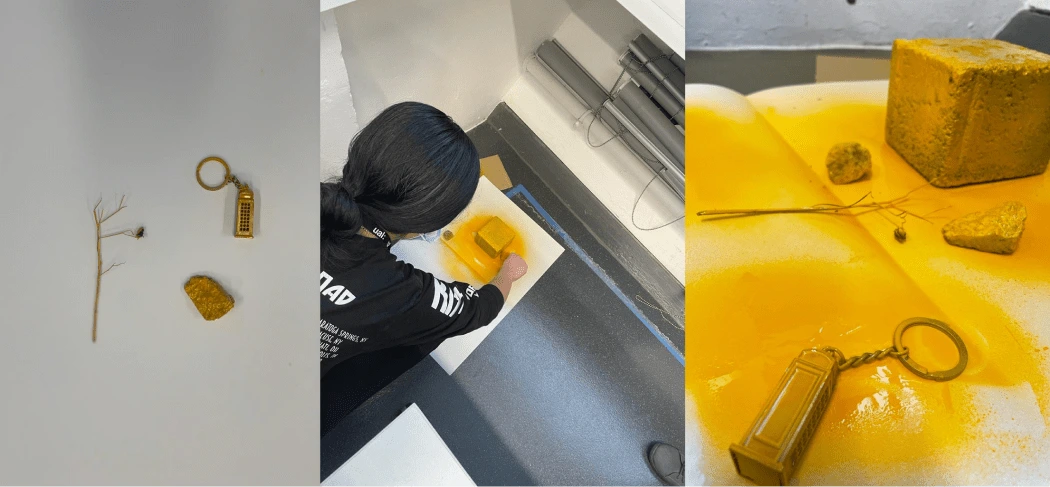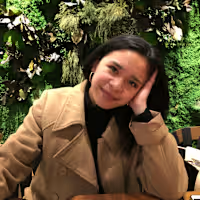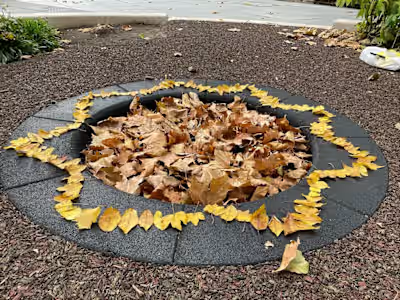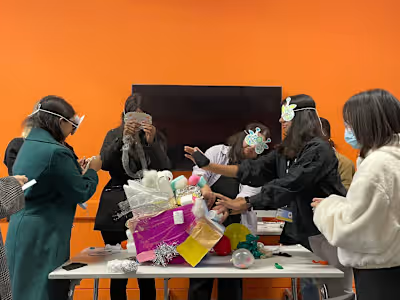UX of Yellow - Week 4
👥 : Ramya Sekar, Greta (Guo) Chen, Dora Alvarez, Willow Yan
🗓 : October 28 - November 4, 2021
Alas, we began our third brief: designing an experience that characterises the colour yellow. We used two research methods: creative toolkit and artefact analysis.
Initial Ideas + Artefact Analysis
We decided to brainstorm, resulting in four ideas: 1. The use of yellow filters on non-western films, 2. tasty vs. disgusting yellow food, 3. yellow vs non-yellow everyday objects, and 4. yellow face + racism. Afterwards, we conducted an artefact analysis and created questions based on the critical thinking workshop using the 7 W’s.
Our artefact analysis research led us to explore the effects of shades of yellow on different objects. We further explored the impact yellow can have and what emotions it evokes depending on the object. We then collected various objects to design our creative toolkit.

Artefact Analysis using the 7 W's
Creative Toolkit + Testing
Our first idea was to change non-yellow things to yellow. We spray painted a London booth keychain, a twig, and a rock. We thought about turning non-yellow objects into another colour, but ultimately we decided this strayed away from the focus on yellow.

Turning non-yellow objects to yellow
May inspected each object and explained her feelings after seeing the following items. From the feedback, we realised that our concept lacked depth, and was overall superficial. She mentioned that the yellow rock reminded her of sand on the beach, while the twig made her feel melancholic. She liked the look of the yellow telephone booth as it reminded her of an artist, who included a yellow booth in their work.
Cultural Significance of Yellow
For our second concept, we explored the importance of yellow to a specific demographic. We looked at turmeric and its significant worth to Hindu culture. Ramya has mentioned a yearly Hindu tradition, Saraswathi Pooja, which involves prayer and putting turmeric on valuable items to make them sacred.

Creative Toolkit + Turmeric
We placed a creative toolkit with a range of financial values, from high to low-priced objects. We placed turmeric on a notebook and had participants compare it with other items. Our team wanted to understand if the spiritual and cultural importance carried over to modern Hindus.
After testing with participants, we found that no one valued the turmeric notebook preferring the objects with higher value, such as yellow phone and gold necklace. Though they noticed the turmeric, they did not relate to its religious importance.
Feedback and Last Thoughts?
The feedback from our presentation noted that the turmeric approach lacked symbolism since the participants did not identify closely with it, and Tonisha added that the items we placed do not have sentimental value. Our classmates recommended exploring different symbols and focusing on turmeric’s potential to evoke emotions. Alaister expressed support for our first idea of enjoying the “magic” of the items in the toolkit. He suggested diving into the exclusion of yellow and its significance in public places.
“What is value, does it lose its value when you see it all the time?”
One of the challenges we faced was trying to condense and finalise our concept. As a team, we struggled to conceptualize the characteristics of yellow. Overall, I thought it was a great learning experience experimenting with different concepts.
Like this project
Posted Jan 13, 2022
Likes
0
Views
40





